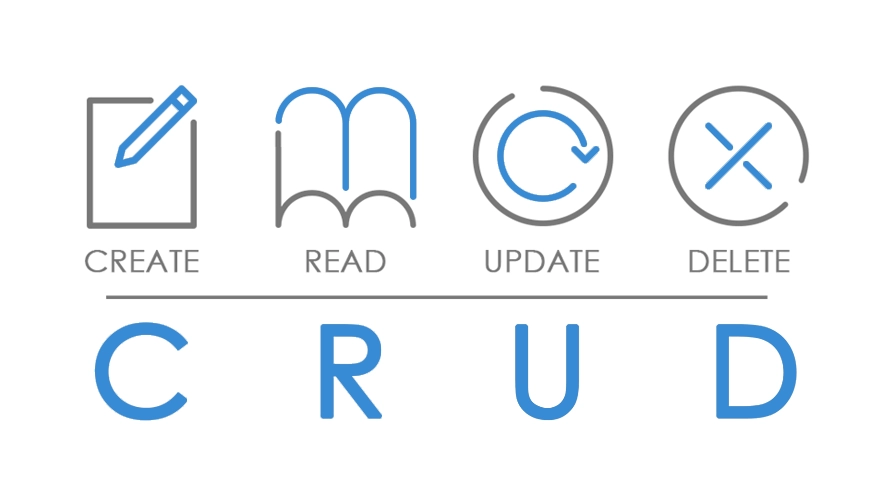CRUD APPLICATION
What is CRUD?
CRUD is an acronym that comes from the world of computer programming and refers to the four functions that are considered necessary to implement a persistent storage application: create, read, update and delete. Persistent storage refers to any data storage device that retains power after the device is powered off, such as a hard disk or a solid-state drive. In contrast, random access memory and internal caching are two examples of volatile memory - they contain data that will be erased when they lose power.
Key takeaways
- The CRUD acronym identifies all of the major functions that are inherent to relational databases and the applications used to manage them, which include Oracle Database, Microsoft SQL Server, MySQL, and others.
- The four CRUD functions can perform different types of operations on selected data within the database.
- CRUD operations are widely used in many applications that are supported by underlying relational databases.
- Sumo Logic's log aggregation capabilities can be used to monitor the total volume of CRUD commands over time, correlate the results with other important metrics, and help identify and rectify the causes of poor performance.
CRUD operations
Organizations that keep track of customer data, accounts, payment information, health data, and other records require data storage hardware and applications that provide persistent storage. This data is typically organized into a database, which is simply an organized collection of data that may be viewed electronically. There are many types of databases: hierarchical databases, graph databases, and object-oriented databases to name a few. The most commonly implemented type of database is a relational database, which consists of data tabled in rows and columns and connected to other tables with complementary information by a system of keywords that includes primary keys and foreign keys.
The CRUD acronym identifies all of the major functions that are inherent to relational databases and the applications used to manage them, which include Oracle Database, Microsoft SQL Server, MySQL, and others.
Four CRUD operations components explained
A relational database consists of tables with rows and columns. In a relational database, each row of a table is known as a tuple or a record. Each column of the table represents a specific attribute or field. The four CRUD functions can be called by users to perform different types of operations on selected data within the database. This could be accomplished using code or through a graphical user interface. Let's review each of the four components in-depth to fully appreciate their collective importance in facilitating database interactions.
